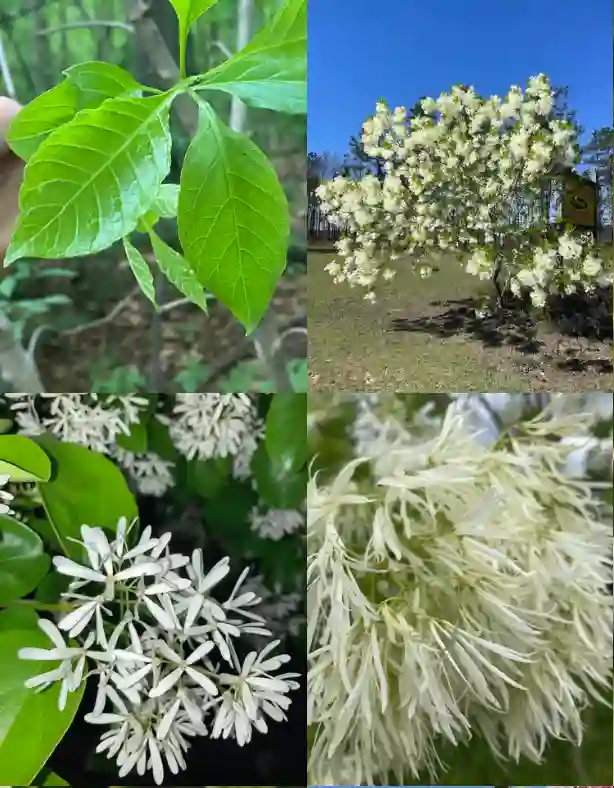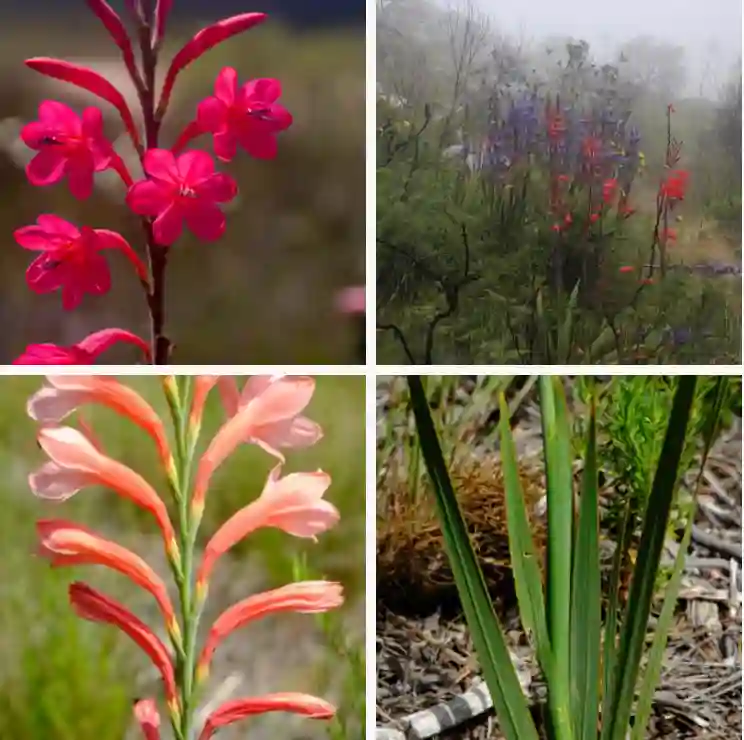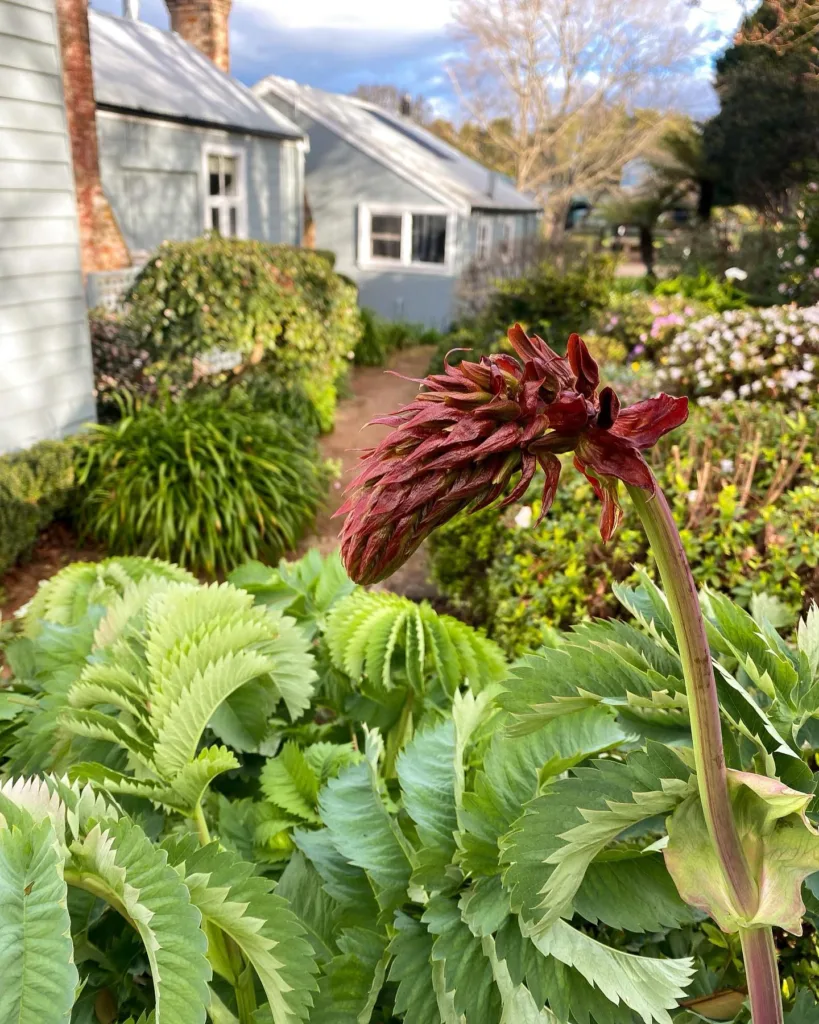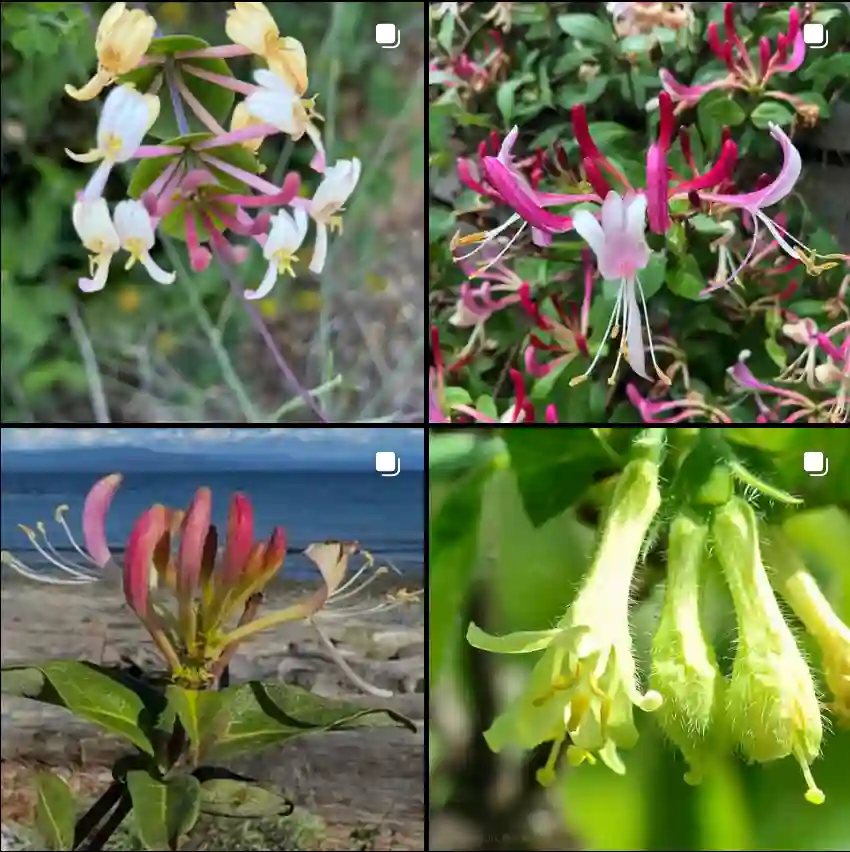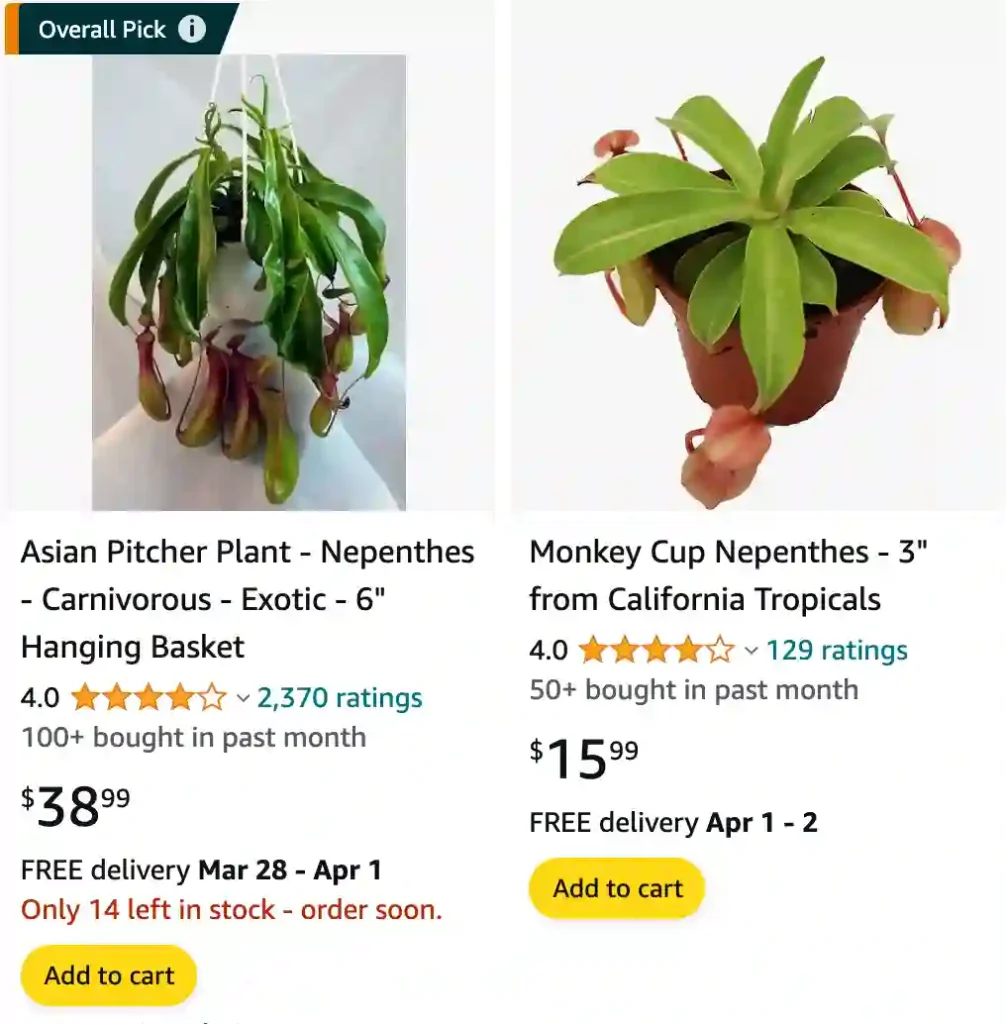
Nepenthes Peltata: A Unique Climber in the Pitcher Plant Family
Hi, I’m Ferb Vu, and I’m obsessed with carnivorous plants. Today, we’re diving deep into the fascinating world of Nepenthes Peltata, a captivating climber in the pitcher plant family.
This isn’t your average Venus Flytrap. Nepenthes Peltata boasts unique characteristics that set it apart from its carnivorous kin. Let’s answer some of the most common questions about this remarkable plant.
Plant Family: Nepenthaceae – 207 Species in Genus Nepenthes
Where Does Nepenthes Peltata Come From?
Imagine lush, misty mountains. That’s the natural habitat of Nepenthes Peltata, native to the Philippines, specifically Mount Hamiguitan on the island of Mindanao. It thrives in a range of environments, from upper montane mossy forests to exposed cliff sides.
How Does Nepenthes Peltata Grow?
Nepenthes Peltata is a scrambler, meaning it doesn’t have a dedicated climbing stem. Instead, it reaches for the sky by twining around other plants or structures. These scrambling vines can grow up to 3 meters long, with oblong leaves reaching an impressive 50 cm in length.
What Makes Nepenthes Peltata Special?
The star of the show? The pitchers, of course. These modified leaves are what make Nepenthes Peltata a carnivorous plant. They act as deadly traps for unsuspecting insects.
Here’s what makes Nepenthes Peltata’s pitchers unique:
- Peltate Attachment: Unlike most Nepenthes, the tendril that holds the pitcher attaches to the underside of the leaf, not the tip. This “peltate” attachment is where the plant gets its name.
- Color Contrast: The pitchers often have a captivating color contrast. The lower part of the pitcher and the tendril can be covered in reddish hairs, while the upper part might be green or even reddish-purple.
How Does Nepenthes Peltata Lure and Consume Prey?
Nepenthes Peltata uses a combination of visual cues and a slippery surface to lure prey. The vibrant colors and sweet-smelling nectar around the rim of the pitcher attract insects. Once an insect lands, it finds itself on a treacherous, waxy surface. The struggle to gain footing sends the insect tumbling into the digestive fluid at the bottom of the pitcher, where it meets its demise.
Nepenthes Peltata vs. Other Pitcher Plants: What Sets It Apart?
While Nepenthes Peltata shares some similarities with other pitcher plants, its unique features make it stand out. Here’s a quick comparison:
- Nepenthes Ventrata: This popular houseplant has large, bulbous pitchers that hang downwards. Nepenthes Peltata’s pitchers are more elongated and upright.
- Nepenthes Miranda: This Bornean species is known for its complex, two-chambered pitchers. Nepenthes Peltata has a simpler, single-chambered pitcher design.
Caring for Your Nepenthes Peltata: Tips for Success
Thinking of bringing a Nepenthes Peltata home? Here are some key things to remember:
- Light: It thrives in bright, indirect sunlight. Avoid harsh midday sun.
- Water: Use distilled water or rainwater to avoid mineral build-up. Keep the soil consistently moist but not soggy.
- Humidity: As a mountain dweller, Nepenthes Peltata enjoys high humidity levels (around 70-80%). Consider using a humidifier or placing the plant on a pebble tray filled with water.
- Temperature: Aim for warm temperatures between 68-86°F (20-30°C). Avoid sudden temperature fluctuations.
- Feeding: While it can survive without regular feeding, you can occasionally offer live insects or commercially available carnivorous plant food.
Conservation Status: Keeping Nepenthes Peltata Thriving
Nepenthes Peltata is currently listed as Vulnerable by the IUCN Red List. Habitat loss and illegal collection are threats to its survival. By purchasing from reputable growers who practice sustainable cultivation, we can help ensure this unique pitcher plant continues to grace our world.
The Final Scoop: Why Choose Nepenthes Peltata?
Nepenthes Peltata is more than just a pretty face (or pitcher!). It’s a fascinating carnivorous plant with a unique climbing habit, captivating pitcher design, and specific care requirements that challenge plant enthusiasts. If you’re looking for a conversation starter for your collection and enjoy the challenge of providing the perfect environment, Nepenthes Peltata might just be the perfect addition to your carnivorous plant family.
If i die, water my plants!
